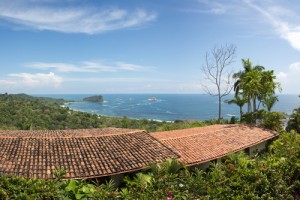 The bustling town of Quepos serves as the gateway to the paradise that is Manuel Antonio National Park. This convenient stop on the way to Manuel Antonio offers a wealth of goods and services solidifying it as the capital of Aguirre canton in Puntarenas Province. It’s highly driven by the tourism industry and you’ll even find nightclubs in Quepos. There are many hotels, restaurants and markets within the town as well as an airport, Quepos La Managua Airport. Most visitors desire to live or stay in Manuel Antonio, but are not even aware that Quepos is an option that is very close in. Year around the town has a population of about 22,000. Searching for a great area to invest in? Quepos Property here would be extremely easy to rent if you desire rental income.
The bustling town of Quepos serves as the gateway to the paradise that is Manuel Antonio National Park. This convenient stop on the way to Manuel Antonio offers a wealth of goods and services solidifying it as the capital of Aguirre canton in Puntarenas Province. It’s highly driven by the tourism industry and you’ll even find nightclubs in Quepos. There are many hotels, restaurants and markets within the town as well as an airport, Quepos La Managua Airport. Most visitors desire to live or stay in Manuel Antonio, but are not even aware that Quepos is an option that is very close in. Year around the town has a population of about 22,000. Searching for a great area to invest in? Quepos Property here would be extremely easy to rent if you desire rental income.
In 2011, Manuel Antonio National Park was listed by Forbes as being among the world’s 12 most beautiful national parks. You know the beautiful beach photos that you often see in magazines and commercials. Many of those beaches are found in the Southern Pacific Zone of Costa Rica. For those desiring to live in town, Quepos has some great options. Manuel Antonio is an area widely known for its Costa Rica condos/villas and gorgeous luxury Costa Rica real estate. Many listings such as this one – Vista Oceana , are within walking distance to the beach! The area is also known for its world class fishing, Quepos is home to some 100 different sport fishing boats and outposts.
We are a full service Costa Rica real estate realty company. We are fluent in English and Spanish and would love to help you in the process of buying a home in Costa Rica. We work with all types of buyers including first timers that have never purchased real estate in a foreign locale as well as developers that are looking to develop large scale projects.
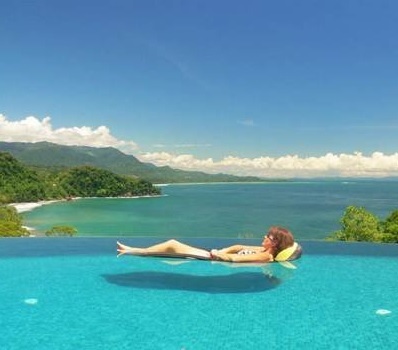 Beachfront Properties – Offer More than Just the Views….
Beachfront Properties – Offer More than Just the Views….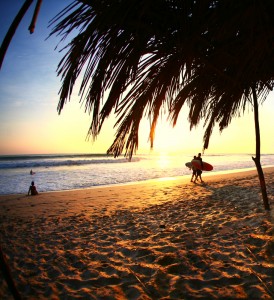 When one thinks of Costa Rica one word should come to mind; amazing! Costa Rica has been proclaimed by many to be the Switzerland of the Americas with regards to its gorgeous mountain ranges that form the backbone of the country. Its shores and beaches have been hailed as some of the best surfing in the world. Combine these with the country’s rich biodiversity and picturesque scenery and throw in the amazing progressive programs that entice tourists and investors alike, and what you have is a formula for paradise.
When one thinks of Costa Rica one word should come to mind; amazing! Costa Rica has been proclaimed by many to be the Switzerland of the Americas with regards to its gorgeous mountain ranges that form the backbone of the country. Its shores and beaches have been hailed as some of the best surfing in the world. Combine these with the country’s rich biodiversity and picturesque scenery and throw in the amazing progressive programs that entice tourists and investors alike, and what you have is a formula for paradise.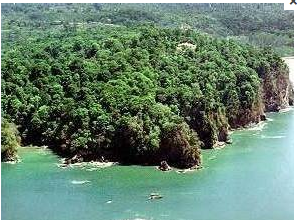
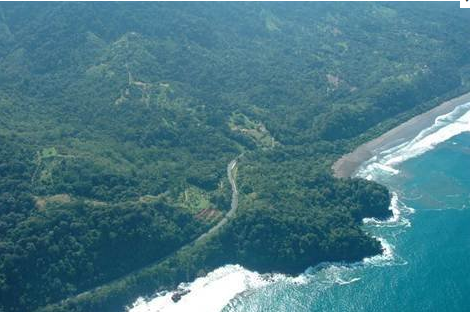
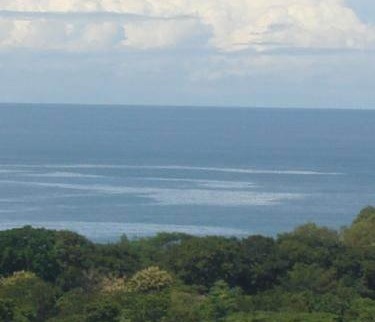
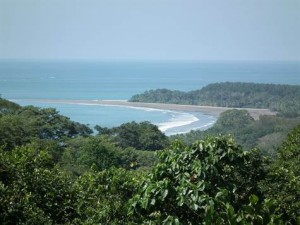
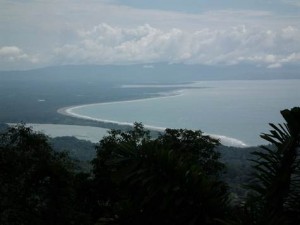
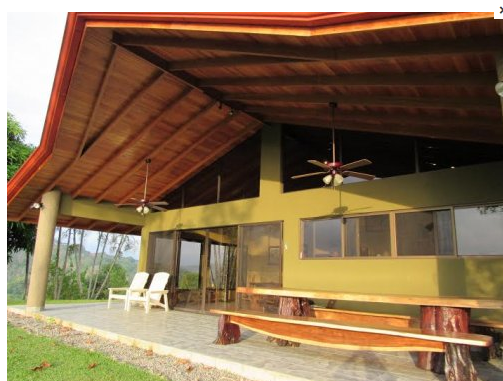
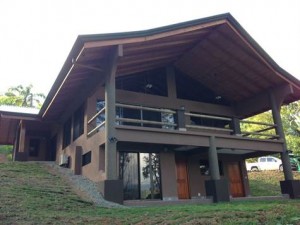
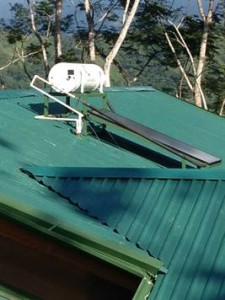
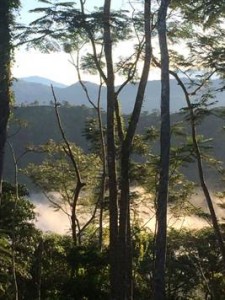
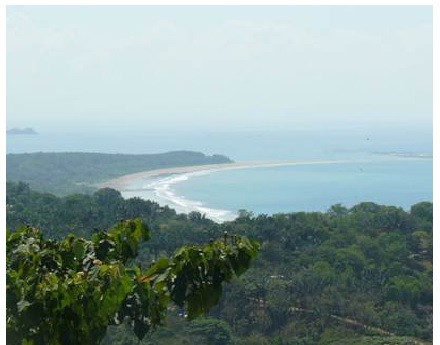 Costa Rica is a country full of diverse natural resources and one of the best locales for expats looking for investment beach real estate. The democratic nation has focused on preserving its natural wonders and creating a country that celebrates the best that life has to offer. We are a reputable Costa Rica beach real estate company that you can trust. We have a proven track record assisting clients with buying Uvita homes for sale for over 8 years. We are a no pressure sales office, and our only goals for success are to ensure that buyers feel comfortable and knowledgeable during the buying process. We welcome questions and we love sharing our own experience of how we found ourselves living in paradise.
Costa Rica is a country full of diverse natural resources and one of the best locales for expats looking for investment beach real estate. The democratic nation has focused on preserving its natural wonders and creating a country that celebrates the best that life has to offer. We are a reputable Costa Rica beach real estate company that you can trust. We have a proven track record assisting clients with buying Uvita homes for sale for over 8 years. We are a no pressure sales office, and our only goals for success are to ensure that buyers feel comfortable and knowledgeable during the buying process. We welcome questions and we love sharing our own experience of how we found ourselves living in paradise.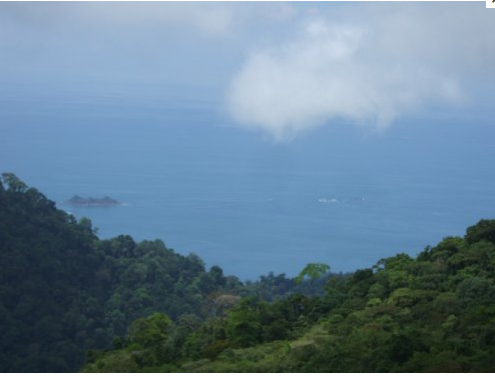
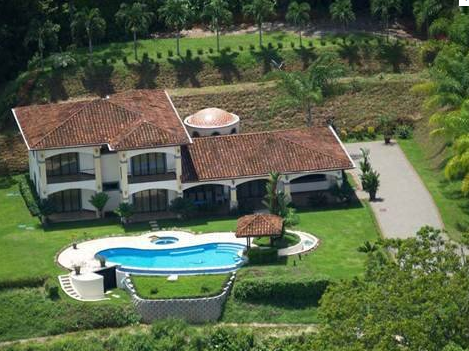
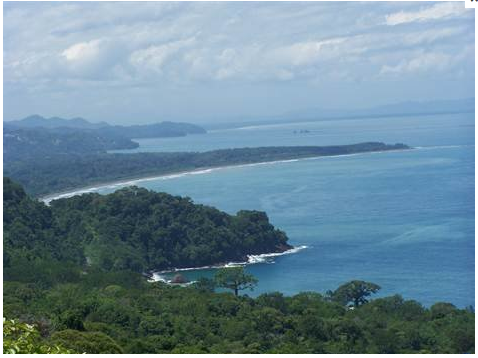
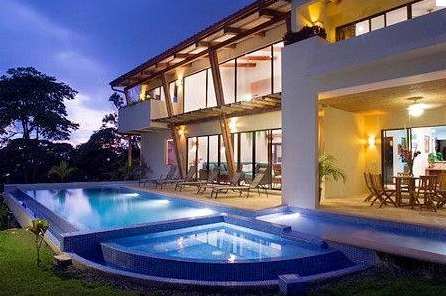
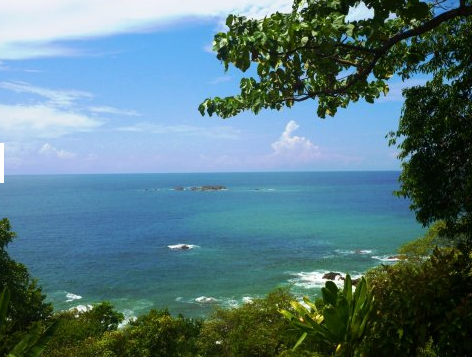
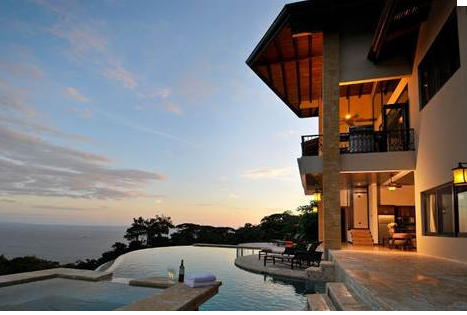
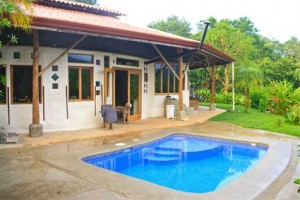
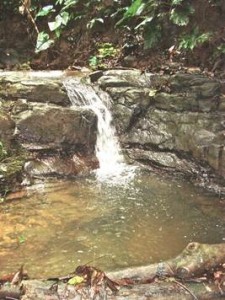

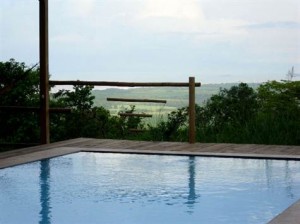
 At Dominical Real Estate we strive to help you find the perfect property or home to suit your needs. We have been selling Costa Rica Real Estate for 10 years. We have just launched our new website, www.costaricarealestate.net and we are very exited about it. Our original website, www.dominical-real-estate.com will still be online and both will have similar listings. We hope you enjoy browsing for listings on our new site and please feel free to send us an email and let us know what you think of it. If you can think of any improvements feel free to let us know so we can constantly make things better.
At Dominical Real Estate we strive to help you find the perfect property or home to suit your needs. We have been selling Costa Rica Real Estate for 10 years. We have just launched our new website, www.costaricarealestate.net and we are very exited about it. Our original website, www.dominical-real-estate.com will still be online and both will have similar listings. We hope you enjoy browsing for listings on our new site and please feel free to send us an email and let us know what you think of it. If you can think of any improvements feel free to let us know so we can constantly make things better. 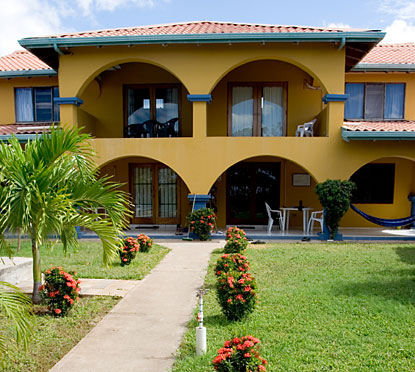 Featured Listings
Featured Listings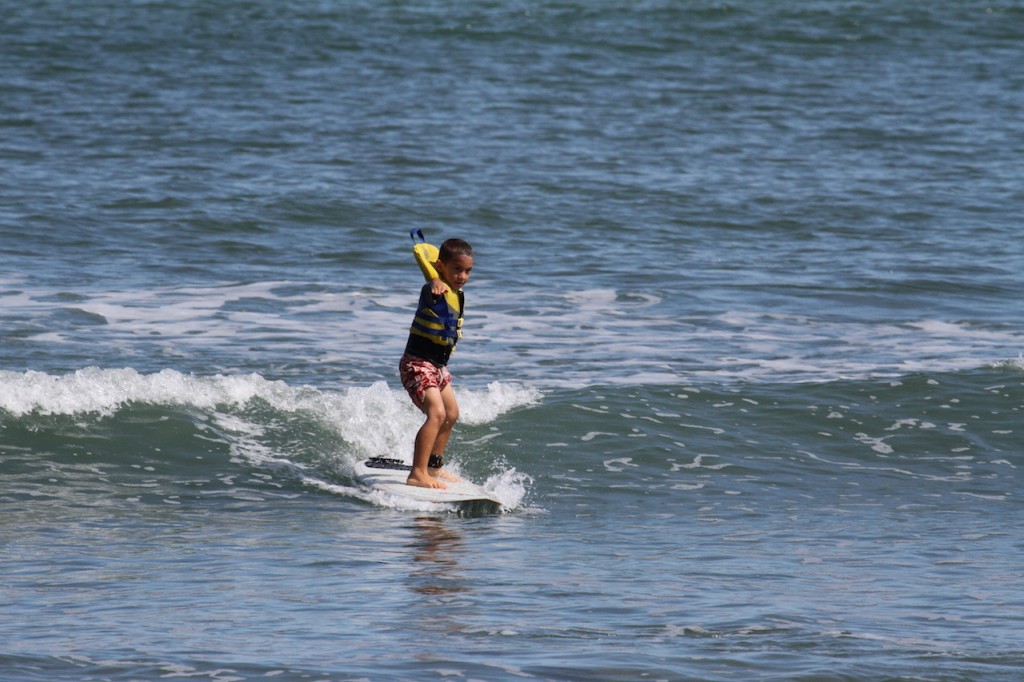
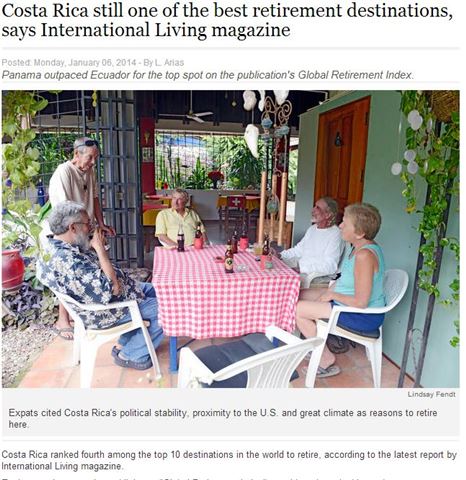 For those who decide to retire in another state or even country, comfort, security, and the availability of healthcare and other essential services are paramount. Incidentally, Costa Rica scores high on all these aspects as well as those pertaining to cost of living, retirement infrastructure, ease of integration, and real estate. A recent Tico Times article sums up the findings of an International Living report as regards the top retirement destinations in the world.
For those who decide to retire in another state or even country, comfort, security, and the availability of healthcare and other essential services are paramount. Incidentally, Costa Rica scores high on all these aspects as well as those pertaining to cost of living, retirement infrastructure, ease of integration, and real estate. A recent Tico Times article sums up the findings of an International Living report as regards the top retirement destinations in the world.




